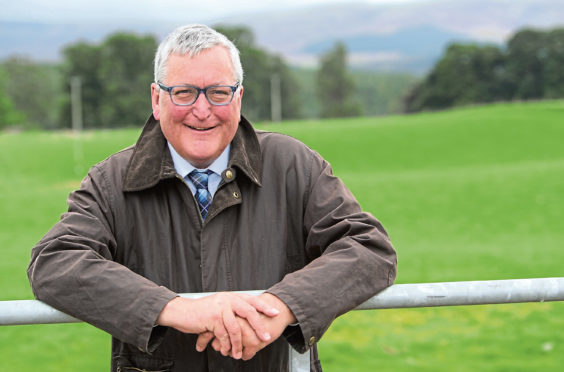Farmers and crofters have been urged to share their views on the future of agricultural support.
Speaking ahead of a visit to Nairn Show today, rural economy minister Fergus Ewing has called on farmers and others working in the sector to respond to the Scottish Government’s consultation on the future of farm subsidy support.
“As we are taken out of the EU, we must decide how radical we wish to be, and importantly, how fast we wish to change,” said Mr Ewing.
“My priority remains providing people in rural businesses with as much security as possible, which is why I published the most comprehensive farming Brexit paper to be found anywhere in the UK last month.”
The consultation, Stability and Simplicity: Proposals for a Rural Funding Transition Period, was launched on the eve of the Royal Highland Show.
At its heart is a proposal for a transition period of between three and five years when moving from the current Common Agricultural Policy (Cap) to a new post-Brexit support system.
Other proposed changes include reducing inspections, dropping penalties for minor errors and bringing in a cap for direct payments, with options ranging from £25,000 to £200,000.
Mr Ewing said: “The proposals aim to provide stability, certainty and simplicity for rural businesses in the period immediately after Scotland might have to leave the EU in 2019, with the central measure being a transition period of between three and five years – as suggested by the Agricultural Champions.”
He said the consultation also outlined ideas for “short-term simplification” that could help current claimants of Cap-related support.
“It asks questions on how best to support and integrate agriculture into the broader rural economy over the transition period and beyond, and finally it seeks views on how pilot projects might be developed and used to test different approaches to rural support we could take forward into the future,” Mr Ewing said.
“Importantly, it marks the start of the process of developing a new rural support policy for Scotland and forms part of the civic conversation being led by the National Council of Rural Advisers over the summer.
“That is why it is vitally important for farmers and other rural businesses to submit their views, as I am very keen that all ideas and proposals are explored during the process.”
The paper is available online at
consult.gov.scot/agriculture-and-rural-
communities/economy-post-brexit-transition/
The deadline for responses is August 15.
